Impact of Personal Lifestyle Choices on Urban Sustainability
VerifiedAdded on 2021/04/17
|10
|691
|56
Essay
AI Summary
This essay delves into the intricate relationship between personal lifestyle choices and sustainability within modern urban settings. It begins by highlighting how individual lifestyle preferences, often influenced by societal status, shape urban environments. The essay then introduces the concept of sustainability, emphasizing its role in preserving the environment for future generations. It examines the environmental, social, and economic pillars of sustainability, illustrating how urban lifestyle choices frequently clash with these pillars, leading to imbalances. The environmental pillar is discussed in terms of ecosystem integrity, while the social pillar focuses on community well-being, and the economic pillar stresses balanced production and consumption. The essay concludes by underscoring the need for lifestyle adjustments to achieve sustainability in urban communities. The essay also references several academic sources to support its arguments.
1 out of 10
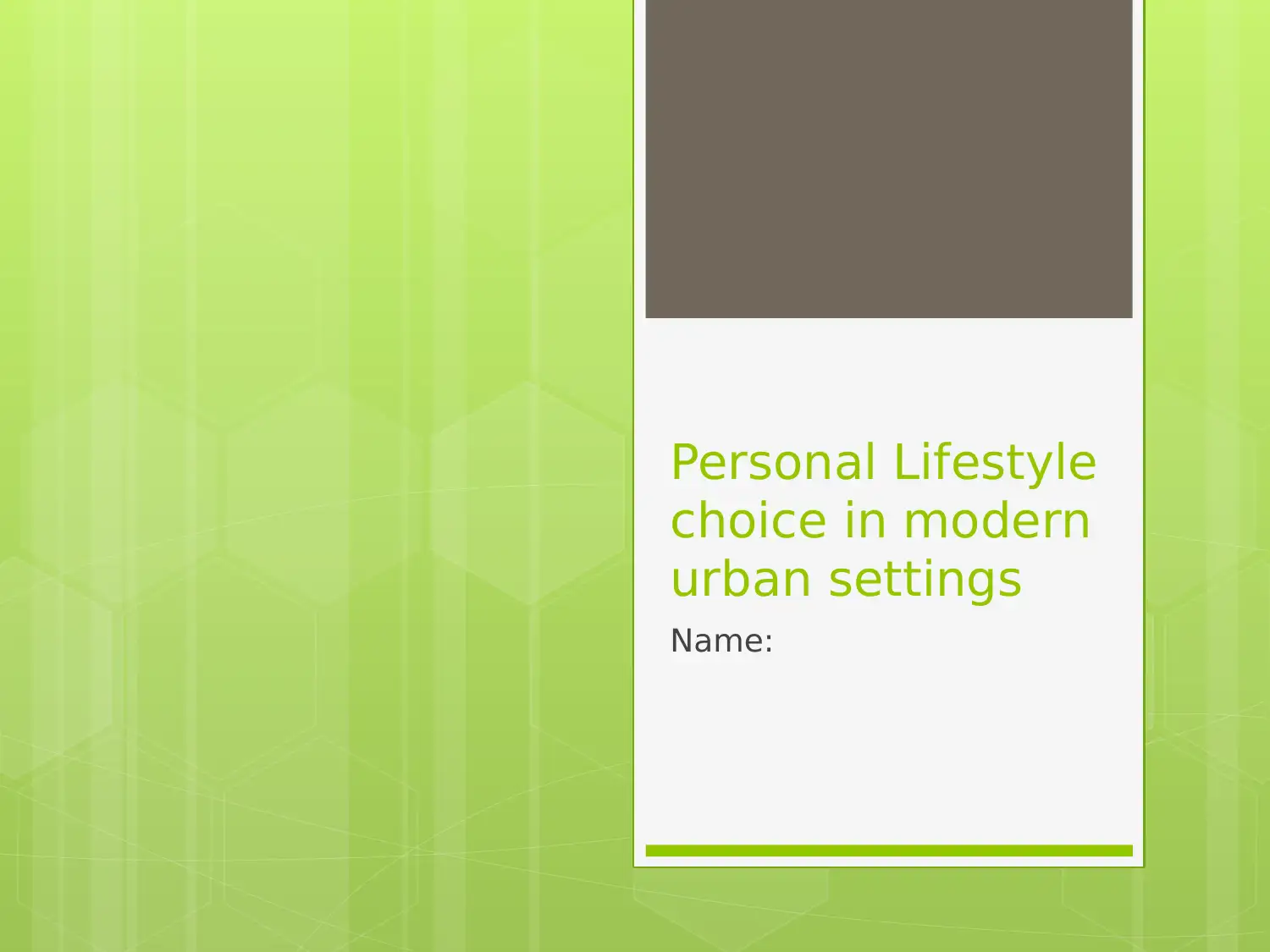
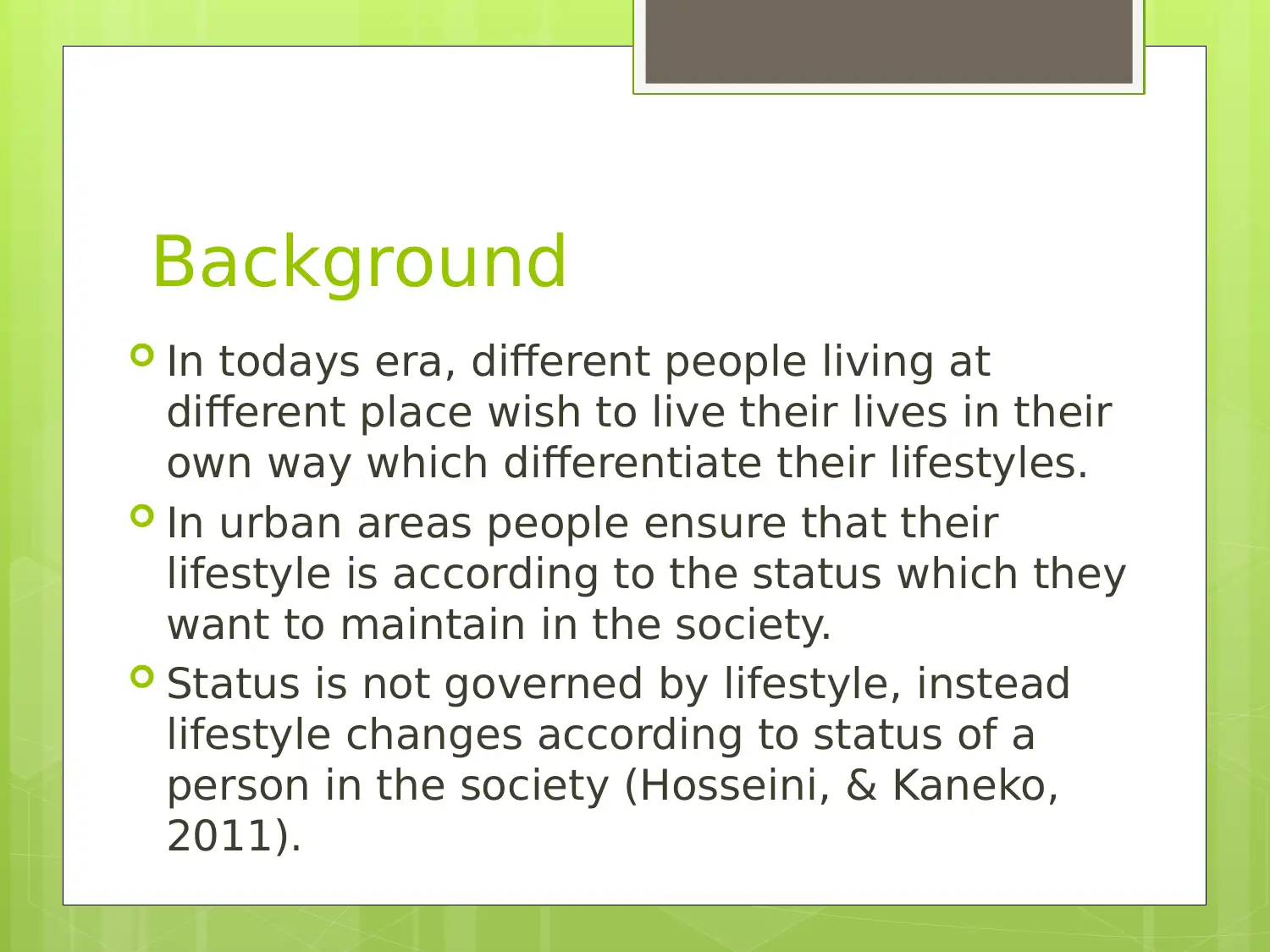
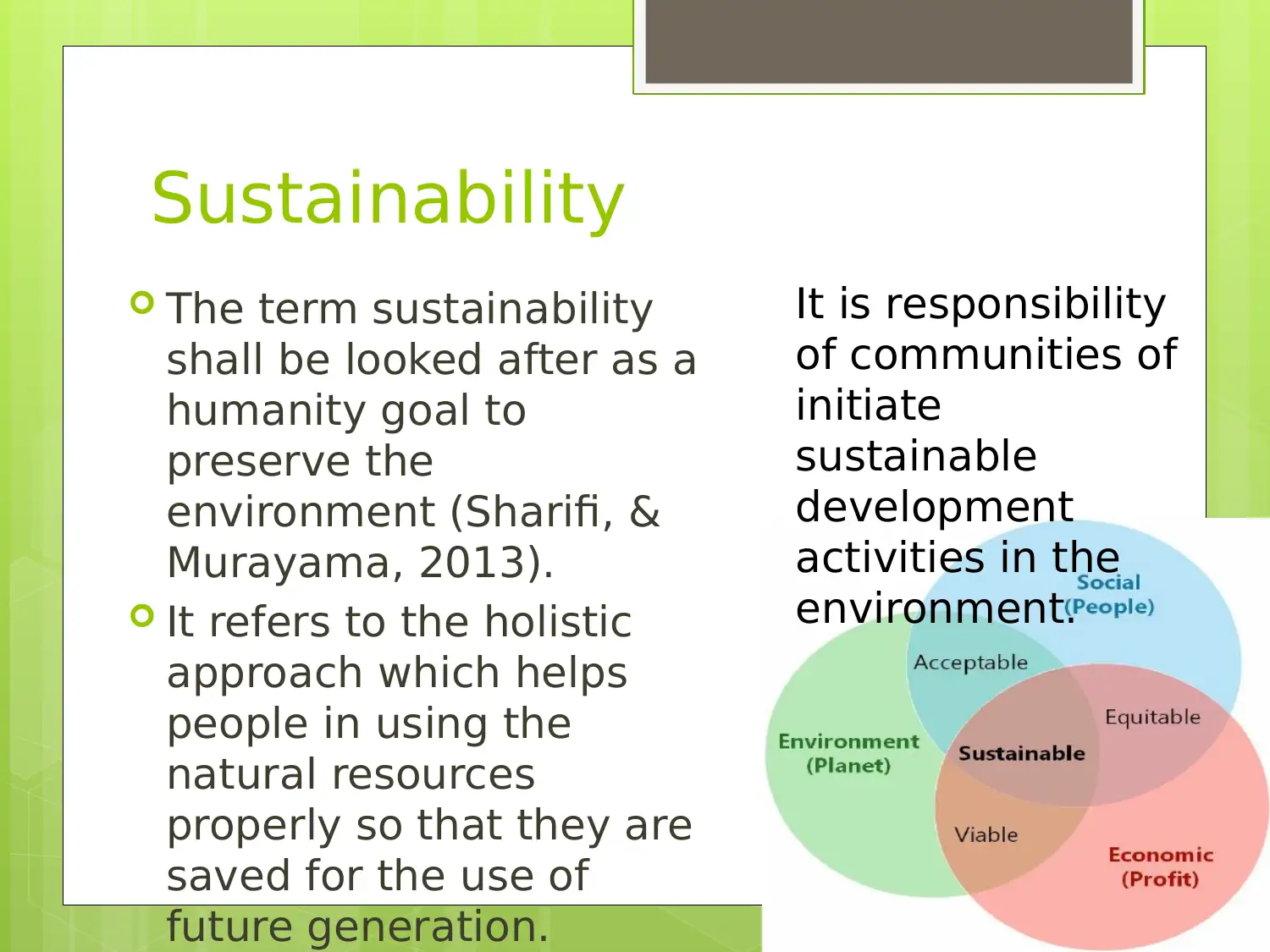

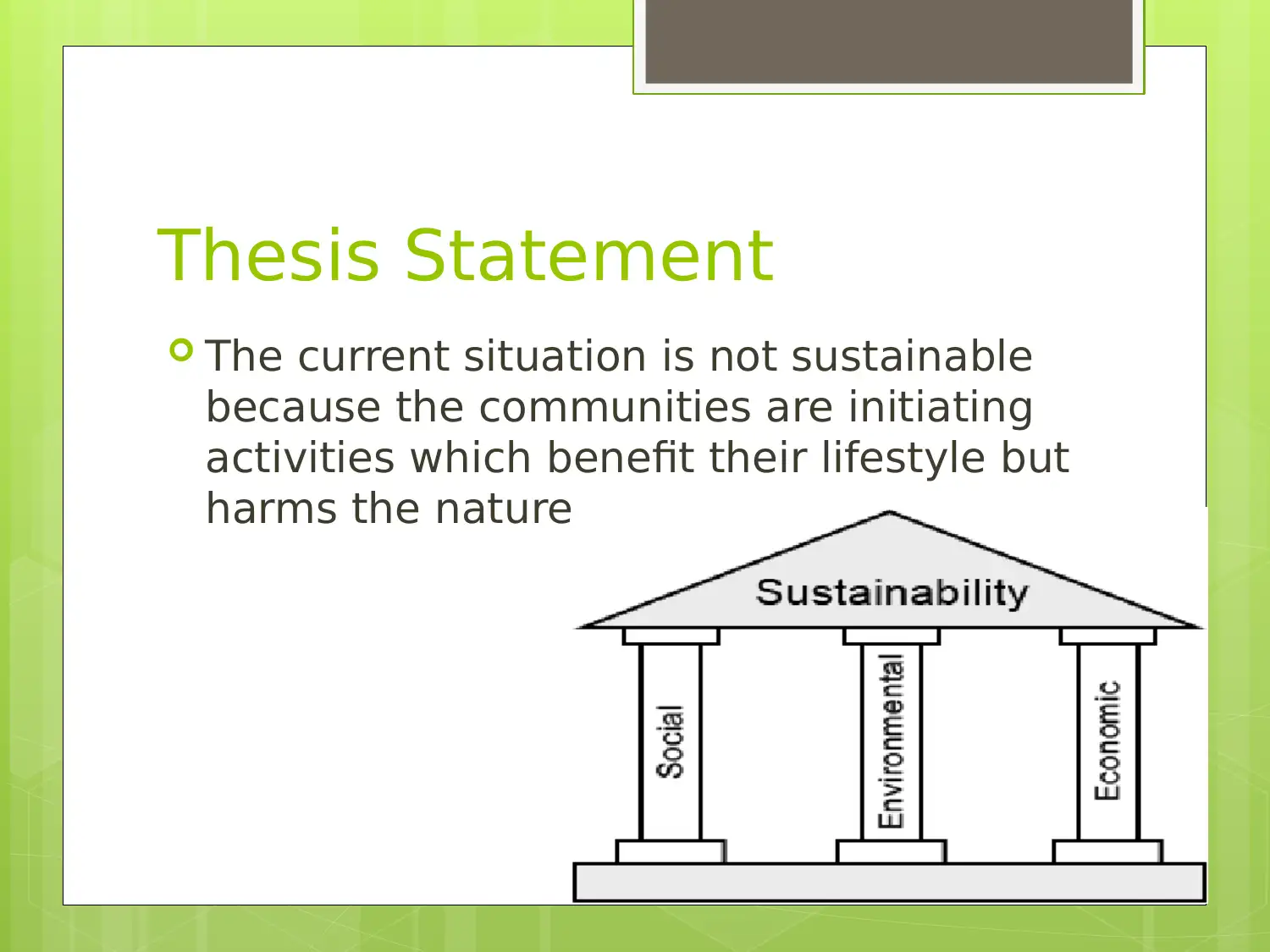
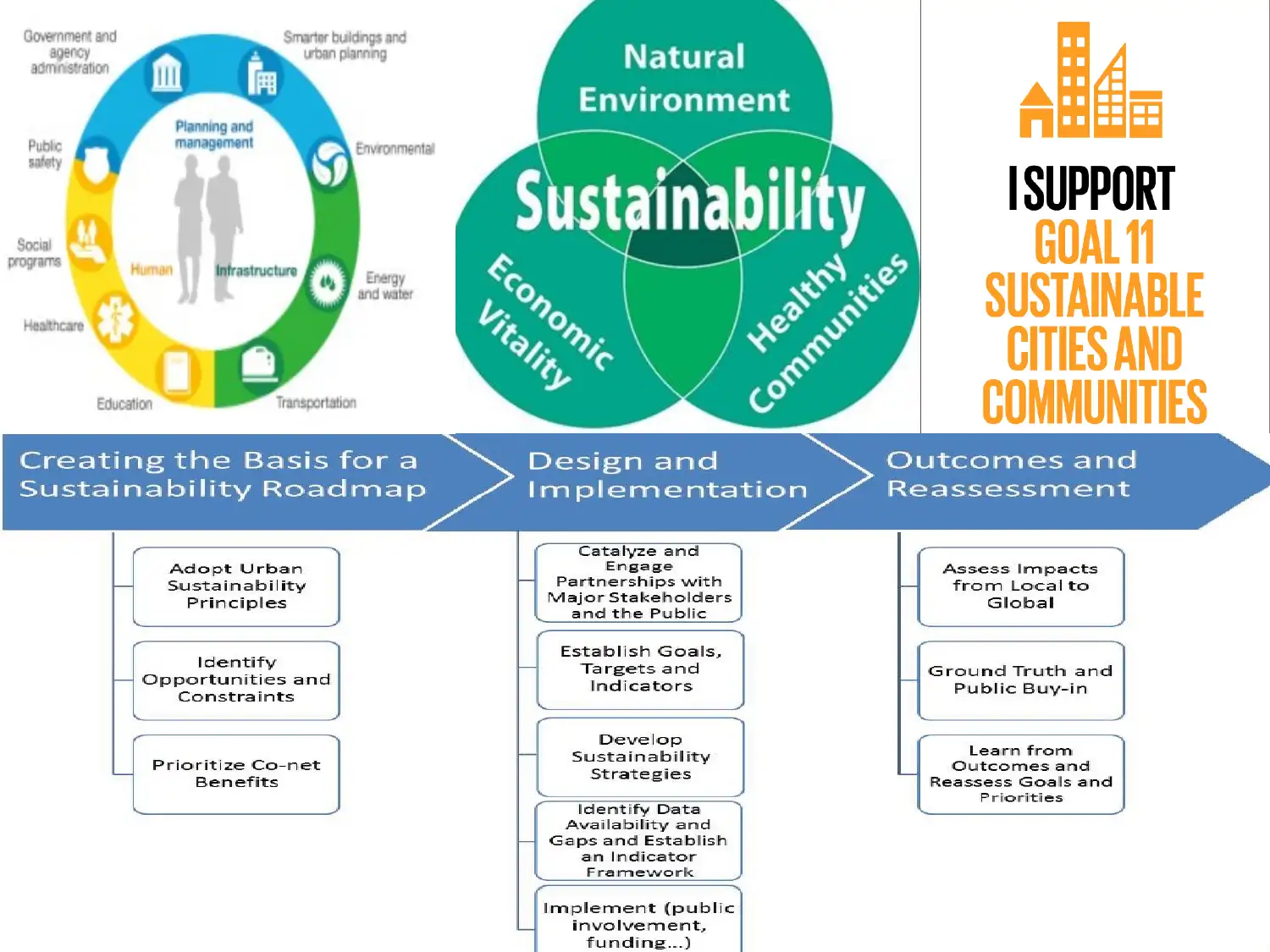
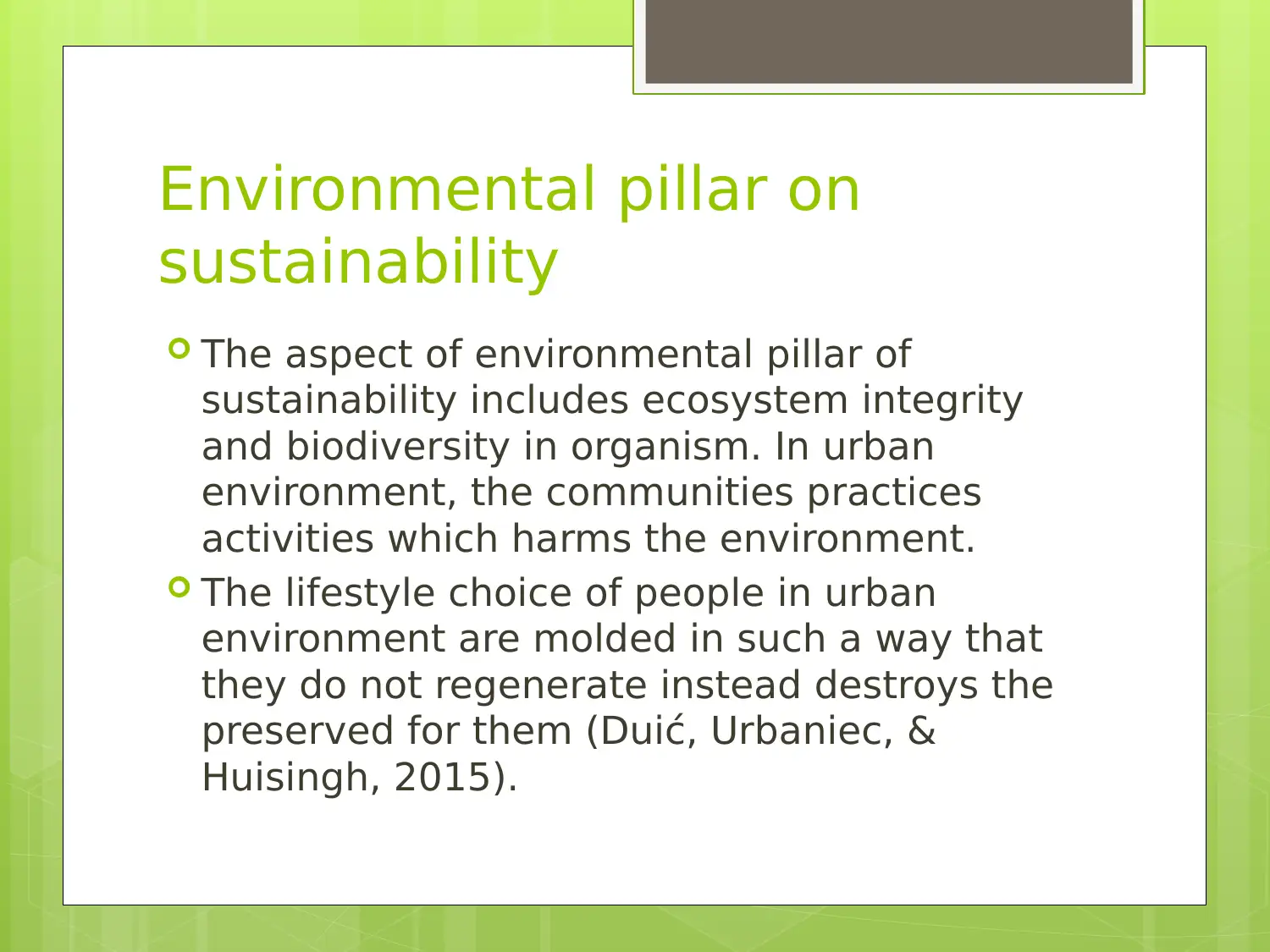
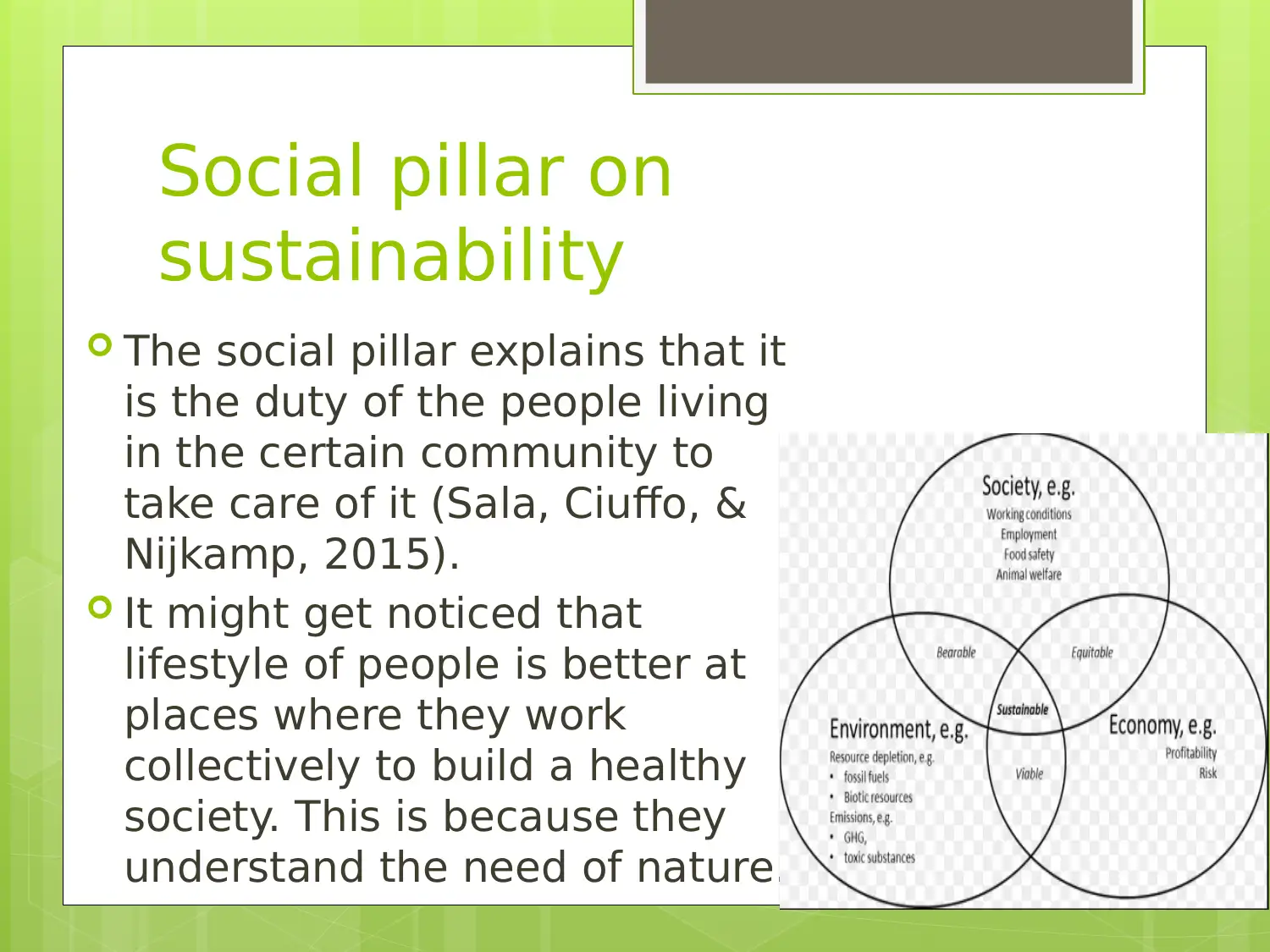
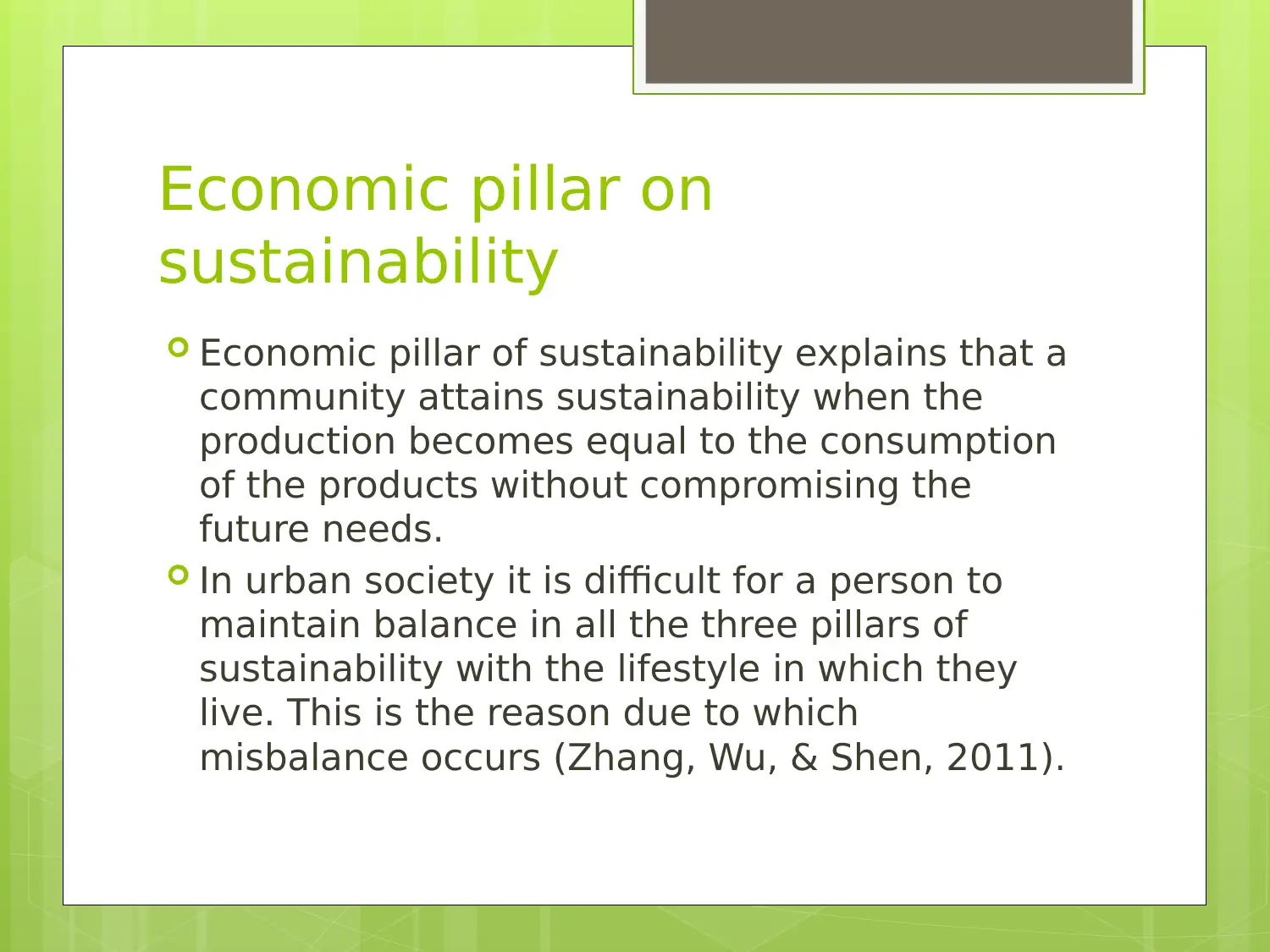
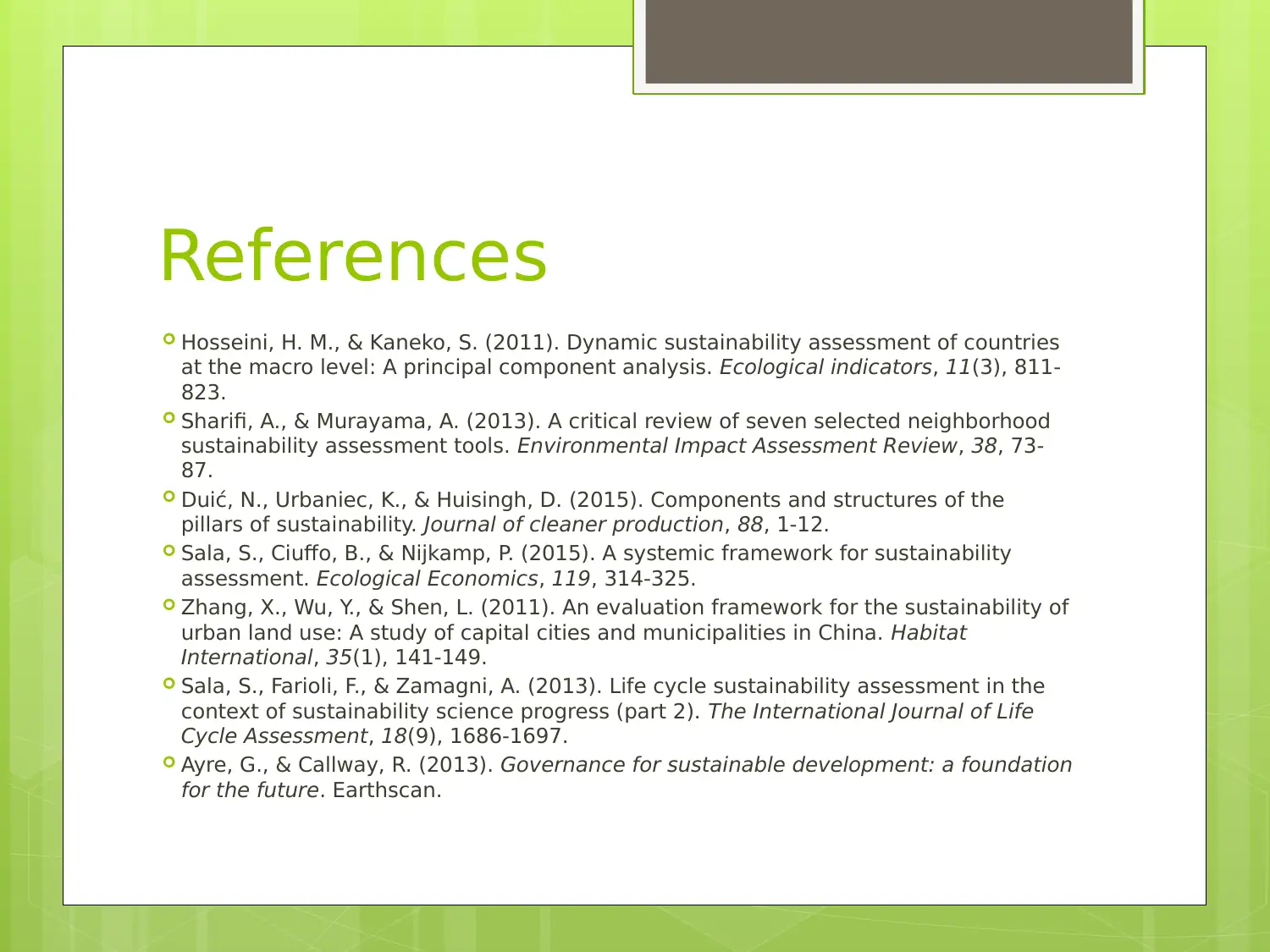
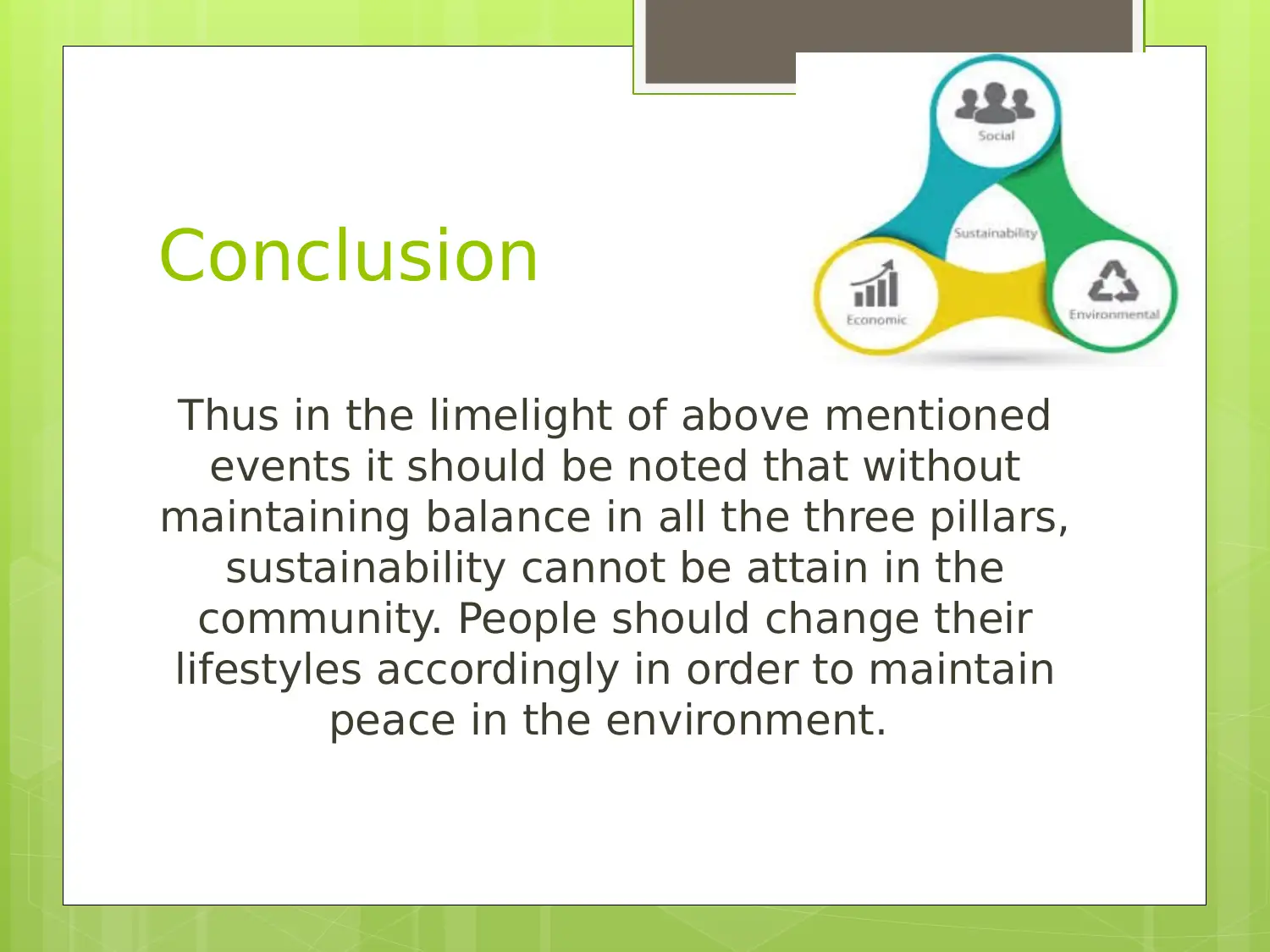
![[object Object]](/_next/static/media/star-bottom.7253800d.svg)